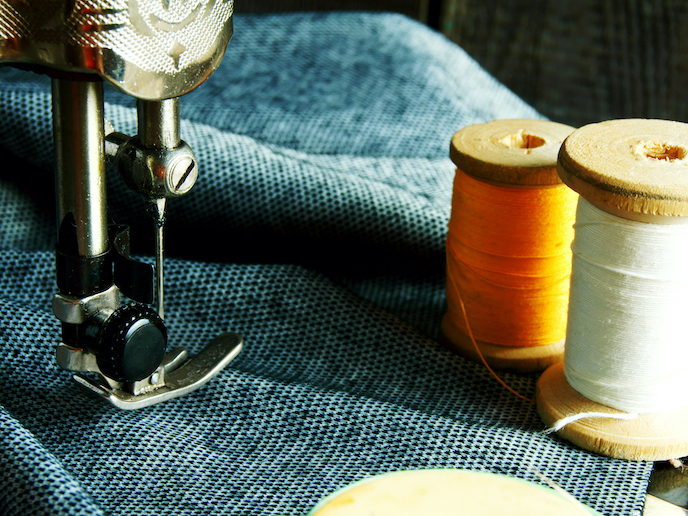Software will bring eco-friendly fashion production back to Europe
Fashion is the second-highest polluting industry in the world. Many textiles require heavy fossil fuel use, and the industry suffers from a widespread and severe overproduction problem. Almost a third of garments made each year go unsold. Much of this waste comes from a long-held and outdated production model in which it is cheaper to overproduce clothing than to produce the exact amount necessary. The Rodinia(opens in new window) project wants to change this. The aim is to deconstruct and rebuild the fashion industry through supply changes using an innovative piece of software, which lets companies create just the amount of clothing needed and drastically reduce waste. In doing so, the team also hopes to draw more clothing production back to Europe. “Local or nearshore production in a global network is the foundation for our business model that meets SME fashion brands’ urgent need for just-in-time, sustainable and affordable production of clothes,” says Trine Young, founder and CEO of Rodinia Generation.
Holistic changes
Rodinia’s idea is packaged up as a Green Fashion Factory. “Our physical production line is the ‘body’ of Rodinia, the ‘brain’ is our proprietary software controlling the body,” explains Henning Weiss, Rodinia’s CTO and technical coordinator. The production line consists of three main machines, robotic arms and a sewing assembly line. The cloud-based software draws on a proprietary AI algorithm, which identifies pieces that belong to the same garment, meaning that orders from different customers can be merged and de-merged where necessary. Production can therefore be handled efficiently between many designs at once. Young says this process is 137 times faster than current production models, which are typically sequential, with separate orders placed in a long queue allocated by size. The algorithm can also minimise waste coming from leftover textile scraps after cutting out garments. Overall, the system saves approximately 200 litres of water and 4 kg of CO2 per piece of clothing. “This is due to a waterless production process, non-toxic dyes and low-energy machinery, resulting in a 95 % CO2 reduction per garment,” notes Young. Comparing their system with a traditional Chinese ‘dyeing and finishing’ factory in the Beijing region, she adds: “Our nearshore supply chain leads to a 27 % decrease in transportation emissions.” On the macro level, the just-in-time production advantage eliminates overproduction. “This could save our planet up to: 360 million tonnes of CO2 emissions which is equivalent to 365 000 return flights between London and New York; 27.9 billion m3 of water consumption or 11.2 million Olympic swimming pools; and 15.9 million tonnes of fibres.”
Reweaving the industry
The team ran several successful pilot programmes with selected fashion brands(opens in new window). “The positive feedback has led to further development and closer relationships with these SME fashion brands. They have recently agreed to test Rodinia’s full flow production solution at bigger volumes, once the first Green Fashion Factory is ready,” explains Maria Langer, in charge of communication and marketing at Rodinia. EU funding allowed the team to carry out a successful feasibility study. The plan now is to set up a Green Fashion Factory pilot facility in Copenhagen, Denmark. “The COVID-19 pandemic has brought the fashion industry to its knees and this has shone a light on the industry’s broken supply chain: many fashion brands have been forced to reconsider their current offshoring production model,” notes Young.







